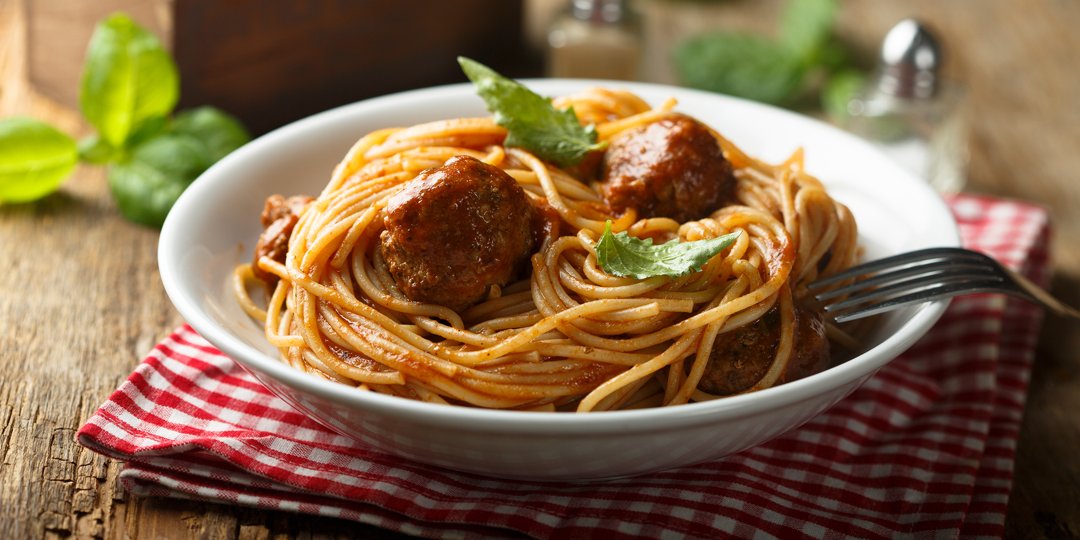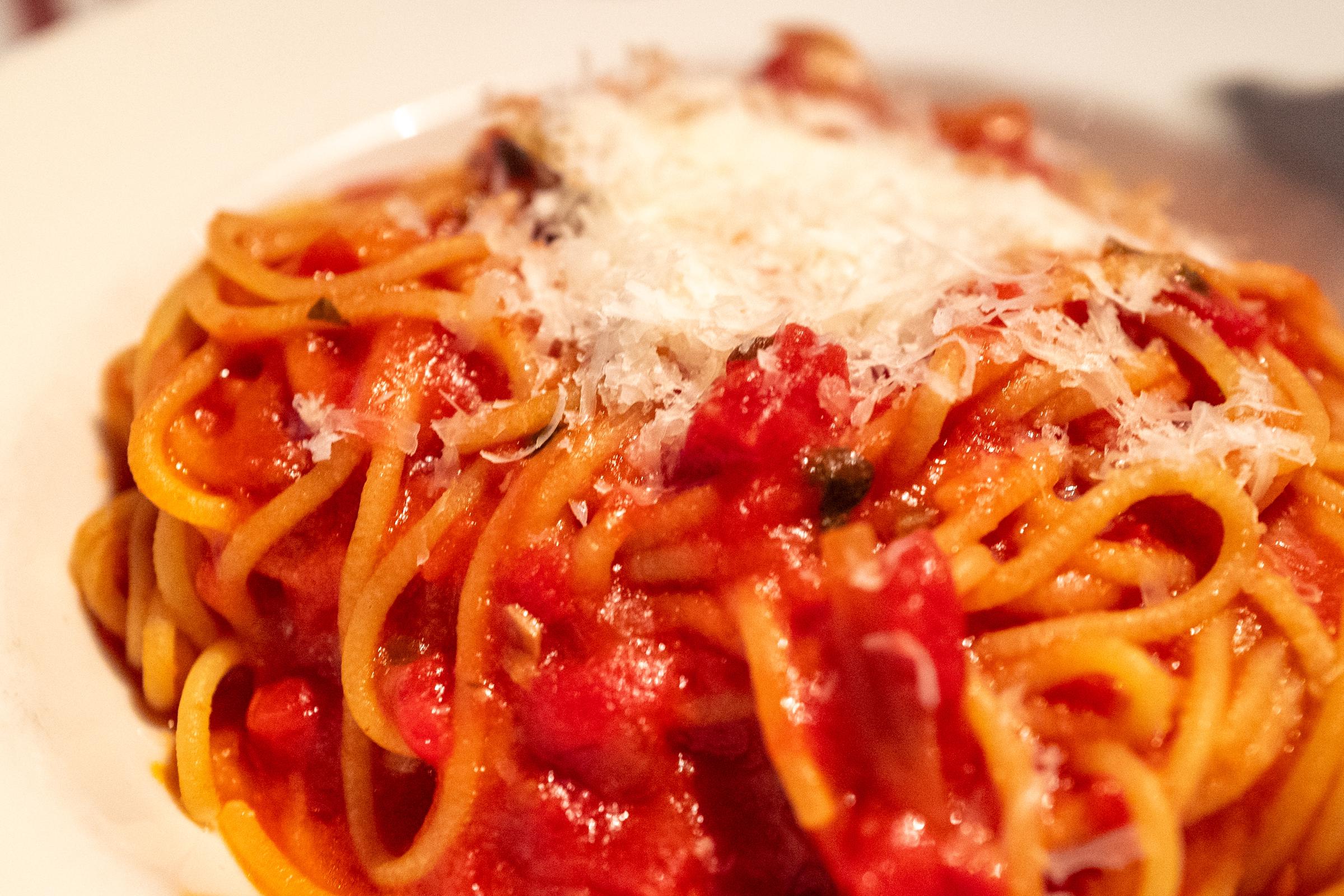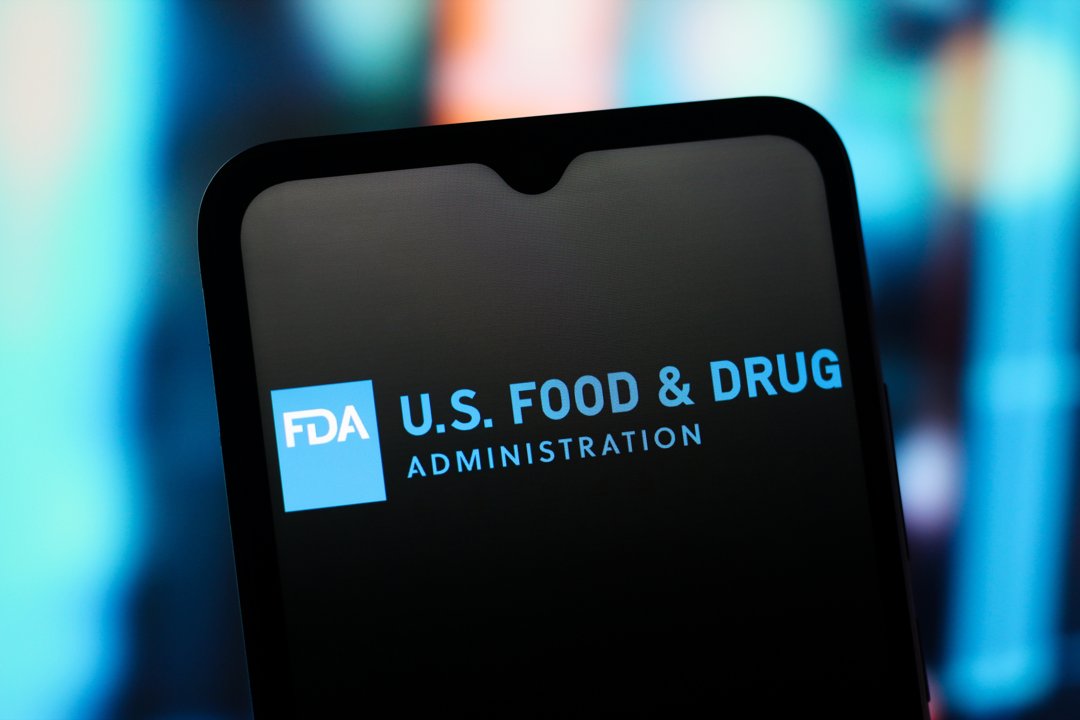
6 Dead & 25 Hospitalized in Fatal Outbreak Tied to Recalled Pre-Cooked Pasta — Details
An investigation by the federal health agency is underway after a recalled food product was linked to multiple Listeria infections, hospitalizations, and deaths.
A multi-state Listeria outbreak linked to recalled pre-cooked pasta meals has now been tied to 27 confirmed cases across 20 states, the U.S. Centers for Disease Control and Prevention (CDC) announced in its latest update.

The U.S. Centers for Disease Control and Prevention (CDC) headquarters in Atlanta, Georgia | Source: Getty Images
Among those infected, 25 people have been hospitalized and six have died, as health officials continue to investigate the source and potential spread of contamination.

Pasta dishes served at a food event in New York City on October 19, 2025 | Source: Getty Images
Health officials have traced the outbreak to recalled pre-cooked pasta supplied by Nate's Fine Foods Inc., used in several packaged meals now pulled from shelves.
Among the products impacted: Sprouts Farmers Market smoked mozzarella pasta salad, with use-by dates between October 10 and October 29, 2025, and Scott & Jon's shrimp scampi with linguini bowls, sold in 9.6 oz packages with March 2027 use-by dates.
Additional items made with the same pasta have also been recalled, including products past their labeled best-by dates.
Listeria monocytogenes is a bacterium that causes listeriosis, a serious illness primarily affecting those who are pregnant, 65 and older, or have weakened immune systems.
For some, symptoms may be mild. But in high-risk groups, the consequences can be severe. Pregnant people may experience fever, muscle aches, and tiredness, with the infection possibly leading to miscarriage, stillbirth, premature delivery, or serious illness in newborns.
Others might develop headaches, a stiff neck, confusion, loss of balance, or convulsions. Symptoms typically appear within two weeks of exposure, but in some cases, may develop as early as the same day or as late as 10 weeks after eating contaminated food.
The CDC advises consumers to avoid eating any of the recalled items and to discard them immediately. Refrigerators, containers, and surfaces that may have touched the recalled food should be cleaned thoroughly, since Listeria can persist in cold environments and spread easily.
Anyone who is pregnant, immunocompromised, or over age 65 should seek medical care if they experience symptoms after consuming any affected products.

A bowl of spaghetti noodles served in Danville, California, on October 7, 2024 | Source: Getty Images
The confirmed cases span a period of more than a year, between August 1, 2024, and October 16, 2025, with notable clusters in January and October 2025.
On January 7 and January 17, two people became ill on each date, the only days with multiple cases reported. Five additional cases were confirmed in the first half of October 2025, pointing to a recent increase.
The CDC notes that the number of infections is likely higher than reported, as not everyone with symptoms seeks care or is tested. It often takes three to four weeks to confirm whether a person is part of a known outbreak.
The 27 individuals affected lived in 20 states, with the most cases reported in California, Texas, and Oregon — each with three. Michigan, Louisiana, and Hawaii reported two cases each.
Single cases were confirmed in: Florida, Illinois, Indiana, Minnesota, Missouri, North Carolina, Nevada, Ohio, South Carolina, Utah, Virginia, and Washington.
Although these are the states with known cases, the CDC warns the outbreak may not be limited to these areas. Since the recalled pasta was distributed nationwide, it's possible that additional illnesses have yet to be reported. The agency monitored the situation closely as the investigation remained open.

Pasta with tomato, garlic, and brie in Washington, D.C., on June 23, 2025 | Source: Getty Images
As health officials monitored the listeria outbreak, they also recalled other products over similar contamination concerns.
As reported on July 24, 2025, the U.S. Food and Drug Administration (FDA) classified the recall of several ice cream products from Florida-based Rich's Ice Cream as a Class II, citing the risk of contamination with Listeria monocytogenes.
The recall, first announced on July 17, came after the voluntary withdrawal of more than 110,000 cases of ice cream bars that began on June 27.
The action affected multiple popular varieties, including: Chocolate Crunch Cake Bars, Strawberry Shortcake Bars, Rich Bars, Crumbled Cookie Bars, Orange Cream Bars, Fudge Frenzy Bars, Cotton Candy Twirl Bars, Savagely Sour Blue Raspberry Bars, Savagely Sour Cherry Bars, and Cool Watermelon Bars.
The recalled items were distributed across 23 U.S. states: Florida, California, Pennsylvania, Ohio, Georgia, New York, New Jersey, Texas, Virginia, Arizona, Alabama, Wisconsin, Illinois, Missouri, Massachusetts, Tennessee, Iowa, South Carolina, Oregon, Oklahoma, Nevada, Louisiana, and Nebraska.
Additionally, products reached Nassau, the capital of the Bahamas. No illnesses had been linked to the recalled products at the time of reporting, though the FDA listed the recall status as "ongoing."
According to the FDA, a Class II recall is "a situation in which use of, or exposure to, a violative product may cause temporary or medically reversible adverse health consequences, or where the probability of serious adverse health consequences is remote."
Listeria monocytogenes, the dangerous bacterium behind listeriosis, survives in soil, water, sewage, decaying vegetation, and even in animals. The FDA noted that the pathogen "can survive and grow even under refrigeration."

The FDA logo is seen displayed on a smartphone screen, dated July 22, 2025 | Source: Getty Images
Symptoms of listeriosis would depend on the form of the infection. The FDA stated, "For the less severe, non-invasive listeriosis, mild symptoms such as fever, muscle aches, nausea, vomiting, and diarrhea may occur, and often persists for 1 to 3 days."
"For the more severe, life-threatening invasive form of the disease, symptoms may include headache, stiff neck, confusion, loss of balance, and convulsions," adds the agency. "Invasive listeriosis is a potentially life-threatening event, especially for newborns, adults over the age of 65, and those with weakened immune systems."
Consumers experiencing any symptoms associated with listeriosis are advised to contact a healthcare provider.
